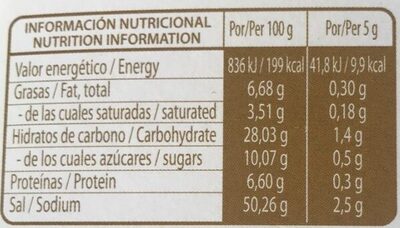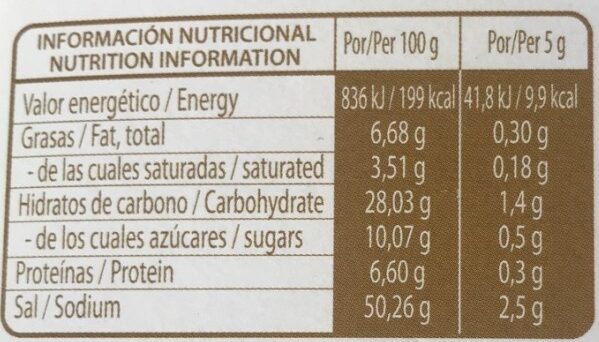Bouillon de poulet - Dona Carmen - 80 g (16 capsules de 5 g)
This product page is not complete. You can help to complete it by editing it and adding more data from the photos we have, or by taking more photos using the app for Android or iPhone/iPad. Thank you!
×
Barcode: 8435336214029 (EAN / EAN-13)
Quantity: 80 g (16 capsules de 5 g)
Packaging: fr:Boite carton, fr:Capsules compatibles Dolce Gusto
Brands: Dona Carmen
Categories: Dried products, Dried products to be rehydrated, Broths, Dehydrated broths, Groceries
Stores: Géant
Countries where sold: France
Matching with your preferences
Environment
Packaging
Transportation
Report a problem
Data sources
Product added on by kiliweb
Last edit of product page on by packbot.
Product page also edited by big-brother, openfoodfacts-contributors, yuka.UzRrYVNQZzRpY2NPdWZjNzRqVHQxT3ByNDdhdWNGdWFOTTFLSUE9PQ, yuka.ZmJ3L0V2a0ErOE1qdWZJbjhCcUwrdGxMeEpHdGQzMlpJZlFJSVE9PQ.
If the data is incomplete or incorrect, you can complete or correct it by editing this page.








